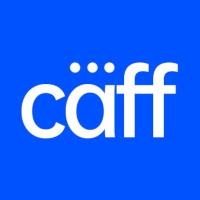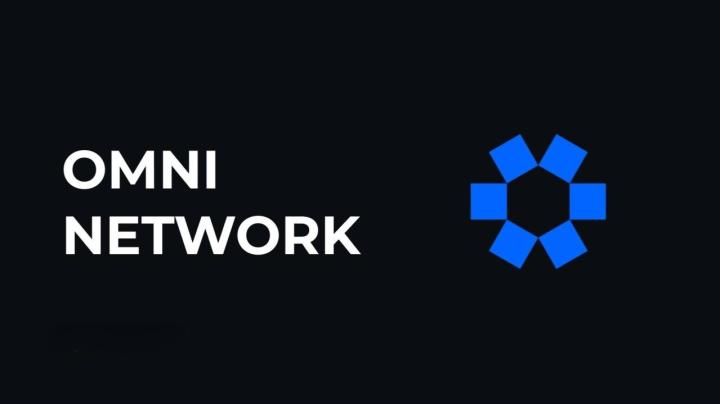When BlackRock CEO Larry Fink mentioned in his 2025 Annual Letter to Investors that “every stock, every bond, every fund – every asset – can be tokenized,” the integration of traditional finance and blockchain technology is no longer just talk, but a reality that is gradually being implemented around the world.
The concept of tokenized securities is rapidly moving from the fringe to the mainstream, becoming a core proposition in the convergence of traditional finance and blockchain. Tokenized stocks, which use blockchain technology to map real-world stocks into tokenized assets that can be transferred on-chain, are a key component of the RWA market. They not only attempt to reshape the technical architecture of traditional equity trading but also challenge existing market rules and regulatory boundaries.
Since the second half of 2024, the tokenized stock sector has seen significant growth, with numerous crypto and traditional financial institutions beginning to deploy real-world trading strategies around trading mechanisms, compliance frameworks, and clearing and settlement processes. Mainstream platforms, including Bybit and Kraken, now support 24/7 on-chain trading of over 60 US stocks and ETFs. Meanwhile, Robinhood launched its on-chain stock trading service for European users on June 30, 2025 , offering over 200 tokenized US stocks and ETFs, with zero-fee trading on the Arbitrum network . Dinari also received a compliant tokenized stock trading license from US regulators, marking a significant milestone in the sector.
According to a joint report by BCG and Ripple , the global RWA token market could reach $16 trillion by 2030. Standard Chartered Bank 's optimistic estimate puts the total value of tokenized stocks and bonds at $30 trillion by 2034. Even in a conservative scenario, the overall size of tokenized assets (excluding stablecoins) is expected to reach $500 billion by 2025.
This rapid rise in institutional confidence also reflects a shift in market perception of the "on-chain securities" era. Notably, within the Solana ecosystem alone, tokenized stock trading volume surged from $15 million to $100 million in just one month, a 566% increase , demonstrating robust growth momentum.
Furthermore, the entry of traditional financial giants further validates the market's potential . BlackRock's first tokenized fund, BUIDL (BlackRock USD Institutional Digital Liquidity Fund), launched in March 2024 , has surpassed $2.387 billion in assets under management , becoming the world's largest tokenized fund. BUIDL has also expanded to seven blockchain networks: Ethereum, Polygon, Avalanche, Optimism, Arbitrum, Aptos, and Solana. It currently has 88 holders and a monthly transaction volume of $849.9 million.
However, while market enthusiasm is high, we still need to further consider: Can tokenized stocks truly have a substantial impact on the global securities market, which is worth tens of trillions of dollars? Can the goal of universal financial services be achieved amidst the complex regulatory environment and technological challenges?
To explore the above issues, this report will conduct a systematic analysis of core issues such as definition mechanism, industrial ecology, business model, regional development, regulatory environment, technological implementation, user analysis, and development trends.
By Clare Yang , Researcher at Web3Caff Research
Cover: Photo by Andrei Castanha on Unsplash
Word count: 15,400+
Table of contents
- Tokenized stocks: How to clarify the boundaries of equity transactions?
- What are tokenized stocks?
- Can stocks be turned into tokens?
- The Triple Logic of Tokenized Stocks
- Why do we need tokenized stocks?
- Structural pain points of the traditional stock market
- The inevitable choice of the digital wave
- The practical needs of global asset allocation
- The margin between technological maturity and regulatory environment
- Regulatory structure and legal path
- Comparison of regulatory frameworks in major jurisdictions around the world
- Compliance Boundaries and Law Enforcement Case Analysis
- Cross-border regulatory coordination and standardization challenges
- Industrial ecology: Who is leading this emerging market?
- Core Participant Profile
- Participation logic of traditional financial institutions and individual users
- Business model comparison and efficiency analysis
- Growth opportunities in emerging markets
- Hong Kong: Same business, same risks, same rules, a bridgehead in Asia-Pacific
- Middle East: Regulatory innovation and capital demand go hand in hand
- Latin America and other regions: opportunities amidst macroeconomic challenges
- Technical Challenges and User Experience
- Platform security and risk prevention and control
- User experience optimization and technical path
- User group analysis and acceptance
- Technological development and regulatory evolution
- Short-term development path (1-3 years)
- Medium- to long-term integration path (more than 5 years)
- Can tokenized stocks go mainstream?
- Key points structure diagram
- References
Tokenized stocks: How to clarify the boundaries of equity transactions?
The author specifically reminds you: The following content is merely an objective analysis of the formation characteristics and development patterns of tokenized stocks, and does not constitute any proposal or offer. Please be aware that the issuance and investment participation in tokens are subject to regulatory requirements and restrictions of varying degrees of strictness in different countries and regions. In particular, issuing tokens in mainland China is suspected of "illegal issuance of securities," and providing token transaction matchmaking and other cryptocurrency trading-related activities are also considered "illegal financial activities" (readers in mainland China strongly recommend reading " A Summary and Key Points of Mainland China's Laws and Regulations Related to Blockchain and Virtual Currency "). Therefore, please do not make any decisions based on this information, and please strictly abide by the laws and regulations of your country and region and refrain from engaging in any illegal financial activities.
What are tokenized stocks?
Tokenized stocks use blockchain technology to convert equity assets such as stocks into on-chain tokens, enabling them to be traded and circulated within the blockchain network. Participants no longer directly hold paper or electronic stock certificates, but instead digital tokens tied to specific shares. Ideally, token holders should receive nearly identical economic rights (price fluctuation rights, dividends, etc.) to the original shares, potentially even including corporate governance benefits such as voting rights.
However, the development of tokenized stocks is still in its early stages, and the boundaries of their equity attributes remain unclear. The rights granted to participants vary under different implementation models, with some tokens representing true equity while others are merely price contracts. Therefore, clarifying the legal attributes and transaction boundaries of tokenized stocks is a starting point for understanding this innovation.
In its latest statement in April 2025, the U.S. SEC clearly stated: "Although blockchain technology is powerful, it does not have the magical ability to change the nature of the underlying assets. Tokenized securities are still securities . " This statement provides important regulatory guidance for the development of the industry.
From the most basic classification, the current market mainstream can be divided into several paths, each of which has significant differences in technical architecture, legal attributes and risk characteristics.
Pegged tokens (pegged 1:1 to equity) are backed by a centralized platform that holds real shares and issues tokens of equivalent value. This approach leverages blockchain and smart contracts to reshape the traditional stock trading process, which typically involves multiple intermediaries like brokerages and central depository and clearing institutions, with settlement cycles typically set at T+2. Switzerland's Backed Finance is the most established example, holding 80% of the market capitalization of the world's top 10 tokenized stocks . Its technical architecture includes a special purpose vehicle established in Liechtenstein for legal isolation, integration with Chainlink's PoR service for real-time reserve verification, and adherence to the Swiss DLT Act's compliance framework. This model is widely adopted within the Solana ecosystem, enabling low-latency and minimal-fee transactions.







